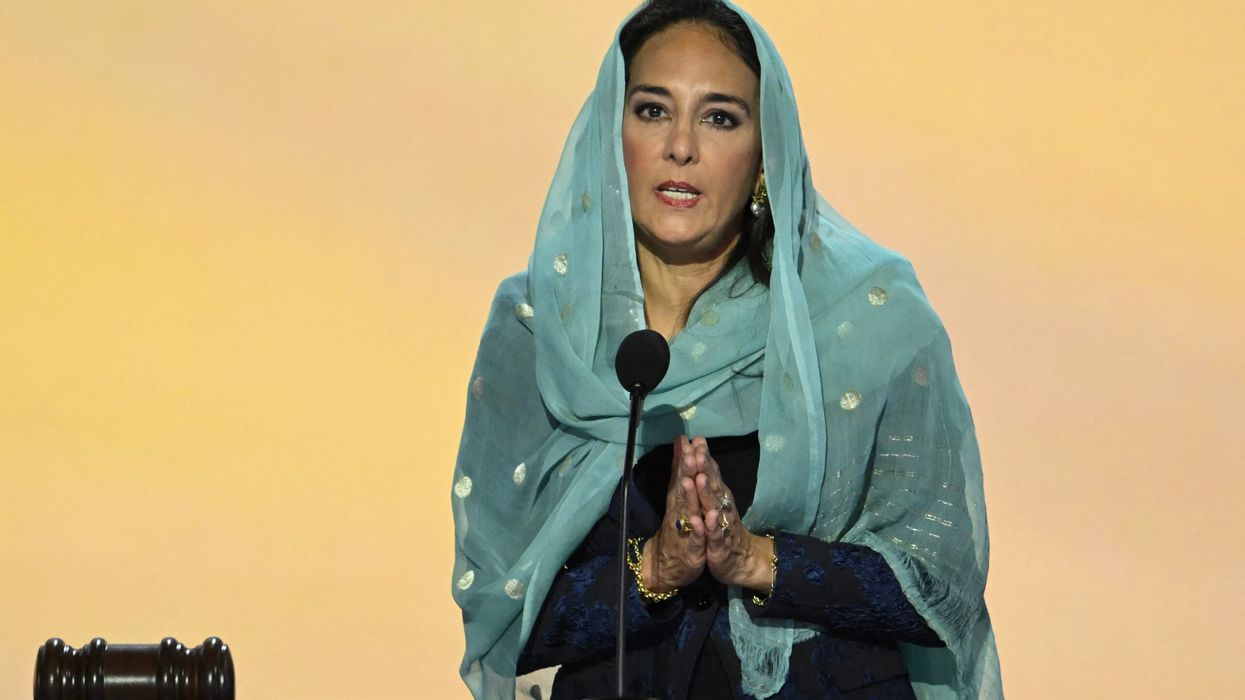Renowned Indian American physicist George Sudarshan, who was recommended for the Nobel Prize nine times, died on Sunday (13). He was 86.
The funeral will be held in Austin, Texas on Thursday.
Sudarshan, who is survived by his wife and two children, died of natural causes, his family told the media.
The physicist was born in the Indian state of Kerala in 1931. He studied at CMS College in Kottayam, Madras Christian College and the University of Madras. He completed his master's in 1952 and moved to the United States to enroll at the University of Rochester, where he worked with renowned physician Robert Marshak. He completed the doctoral degree in 1958.
Sudarshan has made remarkable discoveries in many fields of physics, including quantum optics, tachyons, quantum Zeno effect, non-invariance groups, positive maps of density matrices, quantum computation, etc, reported news agency PTI. He has also explored the relations between east and west science and philosophy and religion.
The Indian government in 2007 recognised Sudarshan's contribution to science by awarding him the Padma Vibhushan, the second highest civilian award. He was also awarded the Dirac Medal in 2010. The honour is awarded to scientists who have made substantial contributions in theoretical physics, computational chemistry and mathematics.
Sudarshan was recommended for the Nobel Prize nine times, but he was never awarded one. Speaking to the Hindustan Times in 2007, Sudarshan expressed his disappointed at repeatedly being passed over for the honour, saying: “The 2005 Nobel prize for Physics was awarded for my work, but I wasn’t the one to get it. Each one of the discoveries that this Nobel was given for work based on my research.”





 Nasima Abukar
Nasima Abukar Narwal, Ellie Reeves MP and Emma James
Narwal, Ellie Reeves MP and Emma James The first national honour-based abuse scrutiny panel held last Tuesday (9)
The first national honour-based abuse scrutiny panel held last Tuesday (9)






